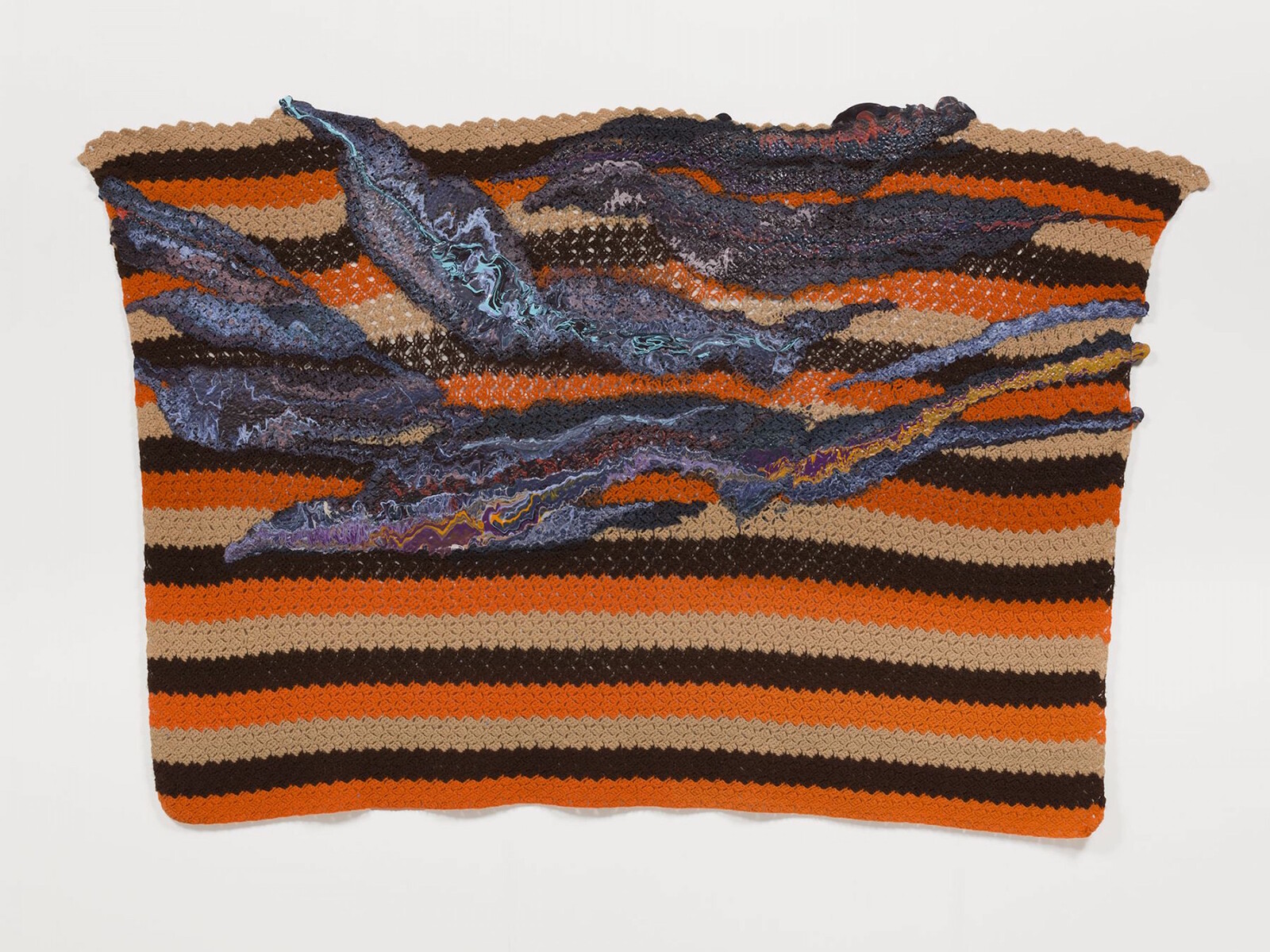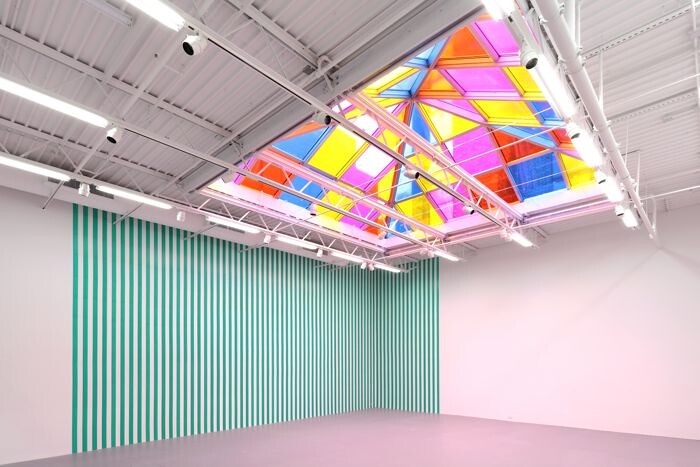Categories
Subjects
Authors
Artists
Venues
Locations
Calendar
Filter
Done
July 27, 2020 – Feature
New York City Roundup
Terence Trouillot

I didn’t think I’d be this excited to go back to a gallery. In some ways, I’ve enjoyed experiencing art within the confines of my Brooklyn apartment over the past months, and I’m still excited by the possibilities arising from the advent of novel digital platforms. But this time away from real-life art viewing has made the experience a novelty, and as galleries started to reopen it felt like a much-needed indulgence—after months of social distancing, and then weeks of defying said social distancing to protest in the streets against the most recent examples of state-sanctioned violence against Black bodies—simply to be back.
At “Jack Whitten. Transitional Space. A Drawing Survey.” at Hauser & Wirth on the Upper East Side—an exhibition which outlines Whitten’s exceptional works on paper chronologically, from the 1960s to the 2010s—I was surprised by the boyish glee I felt just at noticing the pronounced physicality of paper: the deckled edges, the wrinkle in the page, the raised contours of paper cut-outs collaged onto another flat surface. The show demonstrates the careful evolution in Whitten’s work from figuration to abstraction, but also focuses on the artist’s attention to material, and the various techniques that make his later …
October 25, 2016 – Review
Simon Denny’s "Blockchain Future States"
Andrew Stefan Weiner

Few major exhibitions in recent memory have generated anything like the sort of intensely polarized response that greeted the recently concluded 9th Berlin Biennale, curated by the New York-based DIS, an increasingly notorious group of Gen X and Y “creatives” with close ties to the fashion and advertising industries. A recent publicity email from the Biennale explicitly highlighted this split, inviting readers to peruse the show’s “accolades” alongside its “viral backlash.” Yet despite this blithely mediaphilic rhetoric of all-press-is-good-press, the statement barely concealed a more defiant, even petulant message, evident in its illustration—a smugly confrontational photograph of a man and a woman wearing Yngve Holen’s Hater Blockers contact lenses (2016)—and its advertisement for a “soundtrack” mix by Isa Genzken and Total Freedom called FUCK THEM ALL (2016).
In presuming that any negative responses could be dismissed as mere hateration, the message positioned the Biennale as standing somehow beyond critique. This maneuver formed part of a more concerted defensive strategy in which the exhibition’s curators framed their product as immune to conventional forms of postmodern criticality, while simultaneously deploying their own bespoke, branded form of critical discourse, for example in a guest-edited issue of DIS magazine that attempted to theorize the “post-contemporary.”
So …
January 25, 2013 – Review
Daniel Buren’s “Electricity Paper Vinyl…” and “Electricity Fabric Paint Paper Vinyl…” Works In Situ and Situated Works from 1968 to 2013 (Dedicated to Michael Asher)
Karen Archey

For nearly five decades, Daniel Buren has used 8.7-centimeter stripes to highlight the lack of phenomenological neutrality of the exhibition space, his ubiquitous colored bands appearing everywhere from institutions such as Paris’s Grand Palais and the Centre Georges Pompidou to the hallowed escalators of Art Basel. Not soon forgotten is his participation and removal from the “Sixth Guggenheim International Exhibition” (1971) at the behest of fellow artists Dan Flavin, Donald Judd, Joseph Kosuth, and Richard Long, who felt their respective installations were aesthetically interrupted by Buren’s striped banner suspended from the institution’s famed rotunda. Buren’s “in situ” work, as well as the Guggenheim incident (which now occupies a chapter in many an art history textbook), taught us that viewing art in an institution is always negotiated by economic and ideological factors, and that aesthetic autonomy is merely a delusion. In an early example of institutional critique, Buren’s stripes point outward toward the institution, prompting us to reflect upon both the architecture and function of the museum itself.
But what happens when institutional critique is taken out of the institution and located in a commercial gallery? Does it become an empty, decorative gesture? Buren’s first solo exhibition in New York since …
